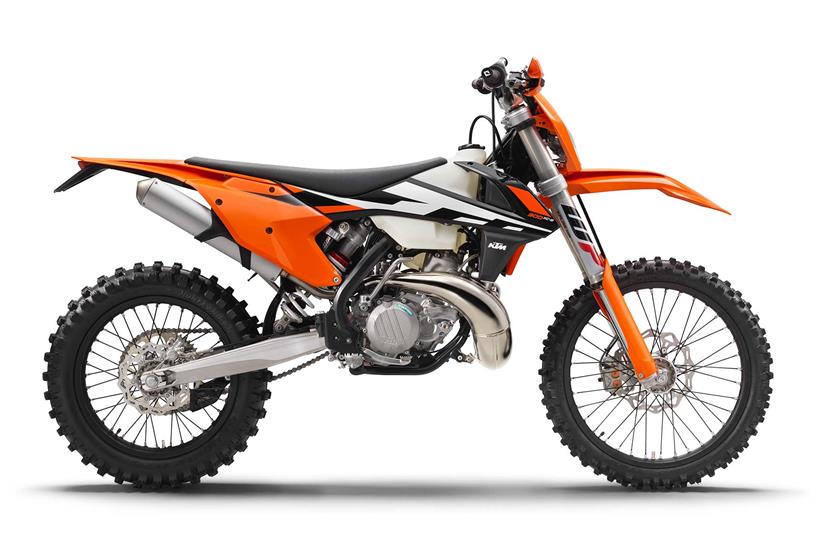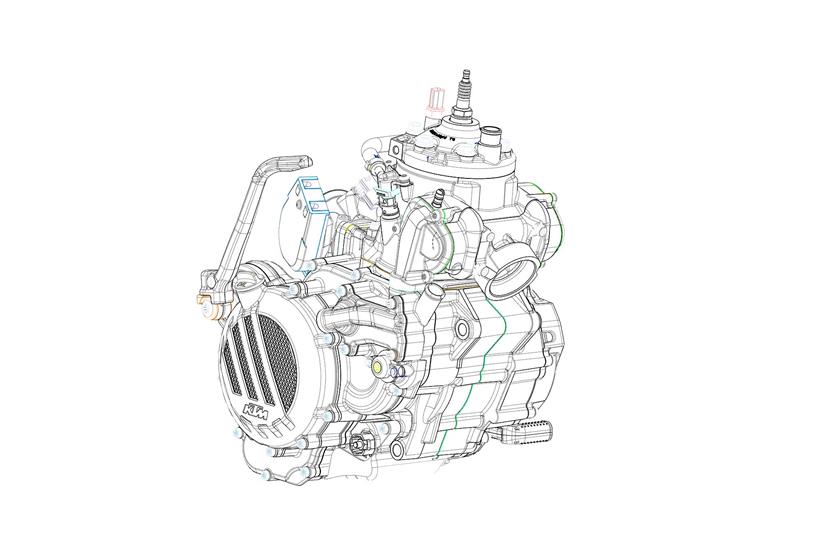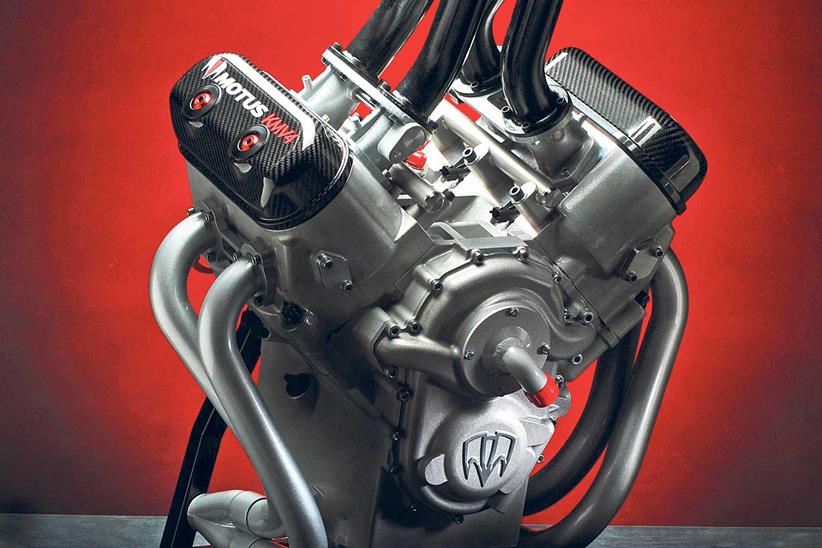New KTM fuel-injected two-stokes launching soon!
Every two-stroke fan on Earth got a serious shot of adrenaline direct to their excitement gland this week as KTM confirmed that they will imminently release a new range of fuel injected two-stroke enduro bikes.
While the enduro part might not be massively alluring to most road riders, the knock-on effect of their release could have a huge impact – and that’s what’s got us all so hot under the collar.
The knowledge that major manufacturers are actively working on ways to build two-stroke engines that can pass European emissions regulations for road use has got us all fantasising about the chances of a two-stroke RC300 pocket-rocket.
TOP STORIES
- Chris Walker goes Hooligan at MCN Festival
- New KTM fuel-injected two-stokes imminent
- Norton and Johnson to set off from number one spot, McGuinness fifth
- In this week’s issue: Blade war!
- Top 10 carbon helmets
It could be the birth of a whole new generation of strokers to fill our nostrils with the glorious odour of 1980s hooliganism.
But let’s not get too far ahead of reality for a minute, and look at what KTM are actually giving us.
Transfer Port Injection
The carefully-worded statement reveals that the new fuel injected range will comprise 250 EXC TPI and 300 EXC TPI models, which will be introduced in mid-2017 as 2018 model year bikes. The key letters in the names are TPI, which stands for Transfer Port Injection. So, rather than using a dirty (but simple, cheap and reliable) carburettor, the new bikes will feature electronic fuel injection, with the twin injectors firing directly into the transfer port.
This method allows KTM to introduce more air through the inlet, and to get a more accurate and dramatically cleaner burst of fuel almost directly into the combustion chamber. ‘Almost’ being the key word at this stage. This isn’t a Direct Injection (DI) two-stroke as some have assumed, but it does mean that they can get a clean enough burn to meet Euro4 emission regulations – while they may struggle to reach the Euro5 certification that comes into force in 2020 with this arrangement.
The indirect route
But we know that KTM have been experimenting with true DI two-strokes, so why the halfway house? It’s all about compromise. In order to maintain the firm’s steadfast commitment to two-stroke competition bikes, they had to do something – but they also had to do it in a way that was reliable and affordable. That’s not to undermine the innovation. This is a new way of skinning the two-stroke cat, and one which borrows learnings and benefits from normal inlet-tract injection, as fitted to pretty much every new motorcycle, and genuine DI, which is currently fitted to none (while Vespa used DI in their PX200 scooter, and others, as early as 1985 – but no longer). American manufacturer Motus also came close to using a form of DI in their four-stroke MST- 01 V4, but ditched the Gasoline Direct Injection (GDI) car-derived system for reasons of cost and complexity – predominantly born out of the need for the injectors to deliver fuel at massive pressure direct into the combustion chamber, and then cope with the resultant pressure from being exposed to the combustion stroke.
Here, KTM have placed the injector as close to the combustion chamber as possible, while crucially protecting it from the combustion phase, and introducing it before compression, meaning they can run a dramatically lower injector pressure.
Cleaning up
There are other very attractive benefits with this TPI system, too. Owners will no-longer need to concern themselves with changing jets, or preparing premix. The bike will always run with optimal fuelling, and lubrication will be added separately. The inherently cleaner engines will also burn “dramatically less fuel” according to KTM, delivering the same mileage from a smaller fuel load (thus reducing mass), or simply adding fuel range to the existing tank capacity. The new models should also offer improved power delivery and more torque thanks to the cleaner burn.
“This is an incredibly exciting development for KTM,” said Joachim Sauer, KTM Product Marketing Manager. “We have been developing two-stroke fuel injection for some time. It is an injection into the ports of the cylinder with two injectors, so it is not direct injection, but different to all other existing systems.”
The new models will land in UK dealers this summer, while KTM will reveal the specs, images and pricing details for both models in May, just prior to their arrival.
Looking for the perfect two-wheeled companion? Visit MCN Bikes For Sale website or use MCN’s Bikes For Sale App.








